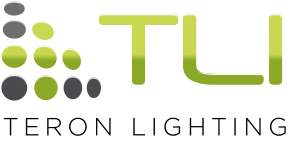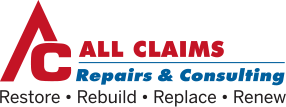It’s a common misconception that private equity (PE) and venture capital (VC) funds are interchangeable when choosing to make an investment. Both PE funds and VC funds involve investing institutional and accredited investors’ capital in private companies with the belief that the investment will generate a meaningful return. However, PE and VC are two distinct asset classes for several reasons.
The Differences Between PE and VC:
Target Company Stage
A target company is the company that’s subject to the investment. PE funds, like Roebling Capital, invest in established, mature companies with proven business models and market share and thus a track record of strong profitability.
VC funds invest in startup companies. These startups may not have revenue or yet be profitable, but are predicted to have massive growth potential.
Percentage of Equity
PE makes control investments by acquiring a significant percentage of a company to be able to control the board of directors. This enables PE to implement its preferred strategic direction. Roebling refers to these value creation strategies as Roebling Value Added™ or RVA™.
VC makes minority investments and thus must be comfortable with the strategic vision of the control investor. These VC investments dilute the current investment group’s ownership percentage and anticipate further dilution by future investors.
Target Company’s Capital Structure
Because PE target companies have a track record of generating cash flow, debt providers are willing to lend money based upon a multiple of that cash flow. As such, PE buyouts involve a mix of debt and equity, which is advantageous for PE as it allows for control investments without requiring equity capital to finance the entire purchase price.
On the flip side, because startup companies don’t have a track record of profitability, debt providers won’t typically lend to these entities due to the risk profile. As a result, VC investments cannot utilize debt, only equity.
How Investment Proceeds Are Used
PE investment uses typically go to the selling party to properly compensate for relinquishing control of the company. There will occasionally be additional growth capital injected to capitalize on immediate growth opportunities for the business, but most growth opportunities are funded via excess cash flow from operations.
VC investment uses are typically to hire additional employees, increase marketing spend, and/or cover operational expenses. Again, VC companies are typically not yet profitable, so expenses exceed revenue. Therefore, additional capital is required to remain in operation.
Targeted Risk Profiles
Return expectations of individual target companies vary between the asset classes, because PE and VC hold different targeted risk profiles. Although both PE funds and VC funds typically target a 20%–30% IRR across the portfolio, the expectations of individual investments vary wildly.
Because PE invests in more mature businesses with consistent cash flows, PE funds expect to make money on every investment. Across a PE fund’s portfolio, the good investment results will more than offset any poor investment results to yield a strong overall return.
However, VC funds know that most of their investments will become worthless, resulting in a dependence on one or two investments to be huge successes to more than offset the losses throughout the rest of the VC fund’s portfolio.
Due to VC’s risk profile, VC investing requires either an existing large, diversified portfolio to mitigate the significant risks or an extreme risk tolerance. Alternatively, PE investing complements any accredited investors’ portfolio to enhance expected return.
Learn More About Roebling Capital Partners
Through our investment thesis and Roebling Value Added™ approach, Roebling Capital unlocks true potential in its portfolio companies with speed and efficiency. Learn more about how we do it here.
ABOUT THE AUTHOR
 David Graham is an Associate at Roebling Capital Partners, a lower-middle-market private equity investment firm.
David Graham is an Associate at Roebling Capital Partners, a lower-middle-market private equity investment firm.







